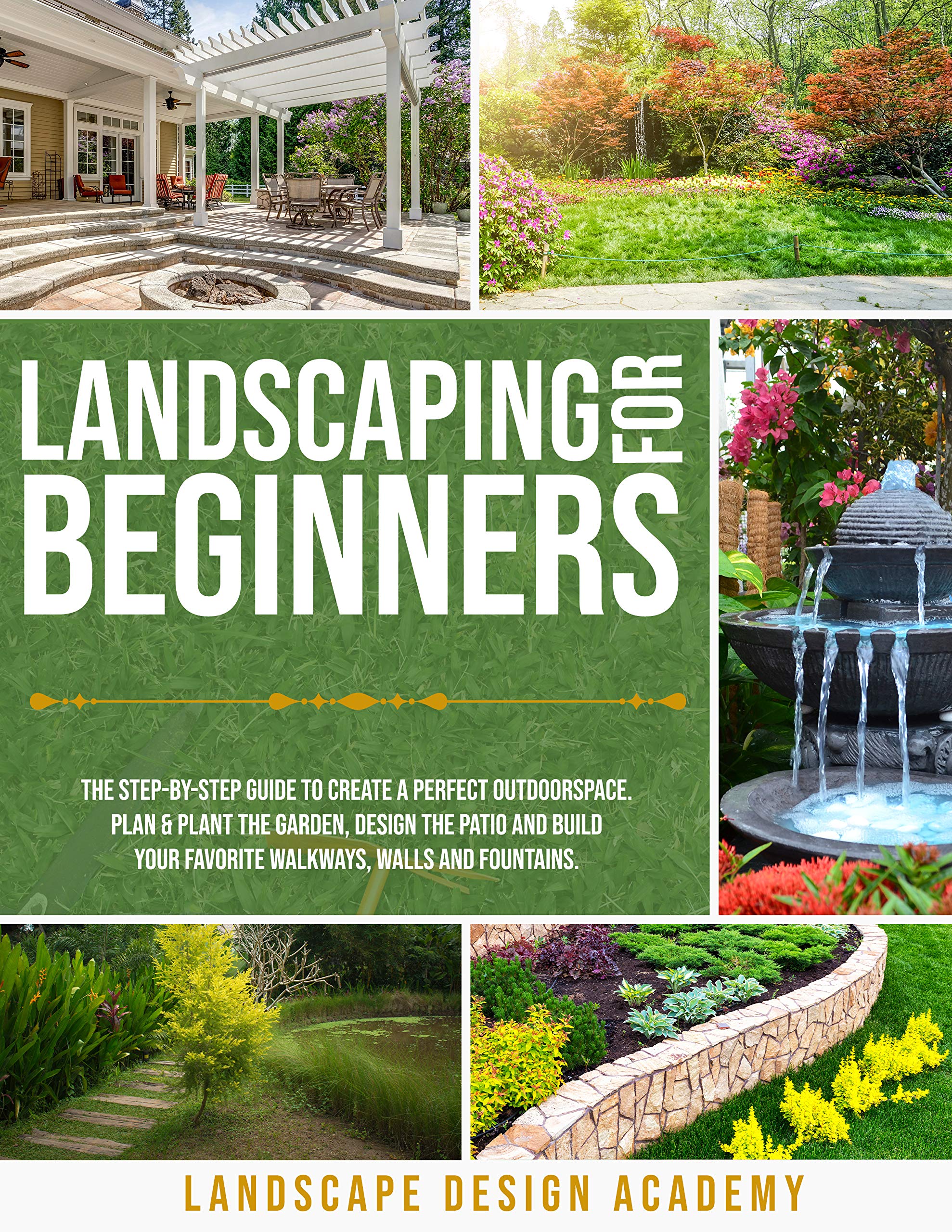Landscape Design for Beginners: Where to Start
Are you ready to embark on a journey of transforming your outdoor space into a breathtaking oasis? Look no further!
In ‘Landscape Design for Beginners: Where to Start,’ we will guide you through the essential steps to create a stunning landscape that suits your style and budget. Whether you have a sprawling backyard or a cozy balcony, this guide is here to help.
Assess your space to understand its unique features and limitations. Determine your design style to bring your vision to life. Set a budget to ensure you make smart choices. Research plants and materials to find the perfect fit for your landscape. And don’t forget to start small with projects that are manageable and achievable.
Let’s dive in and unleash your inner landscape designer!
Assess Your Space
Before beginning your landscape design journey, start by assessing your space. Take a step back and observe the area you have available. Look at the shape and size of your yard, as well as any existing features such as trees, slopes, or structures. Consider the amount of sunlight and shade different areas receive throughout the day. This will help you determine where to place certain plants or seating areas.
Next, evaluate the soil quality. Is it sandy, clay-like, or loamy? Understanding the soil composition is crucial for selecting plants that will thrive in your specific environment. Take note of any drainage issues or areas that tend to hold water. This information will guide you in choosing appropriate plants and designing efficient irrigation systems.
Consider your lifestyle and how you plan to use your outdoor space. Do you want a serene garden retreat or a lively entertainment area? Think about your preferences and needs. Take into account factors such as privacy, noise level, and accessibility. This will help you create a design that suits your lifestyle and enhances your outdoor experience.
Determine Your Design Style
To determine your design style, start by considering your personal preferences and the overall aesthetic you want to achieve in your landscape. Your landscape should reflect your personality and taste, so take some time to think about the elements that appeal to you the most.
Do you prefer a modern and minimalist look, or do you lean towards a more traditional and timeless style? Consider the colors, textures, and materials that you find appealing. Look for inspiration in magazines, online platforms, or even in your surroundings. Pay attention to the landscapes you admire and try to identify what it’s about them that resonates with you.
Once you have a clear understanding of your design preferences, you can start exploring different styles and themes. From formal gardens to naturalistic landscapes, there are endless possibilities to choose from.
Set a Budget
Now it’s time to establish your budget for your landscape design project. Setting a budget is an essential step in any project, as it helps you determine how much you can afford to spend and ensures that you stay within your means.
Start by assessing your financial situation and determining how much you’re willing and able to allocate towards your landscape design. Consider your overall financial goals and priorities to determine a realistic budget that aligns with your resources.
When setting your budget, it’s important to consider all the different aspects of your landscape design project. Think about the materials you’ll need, such as plants, pavers, and outdoor furniture, as well as any equipment or tools you may need to purchase or rent. Don’t forget to factor in the cost of labor if you plan on hiring professionals to help with the installation.
Once you have a rough estimate of the total cost, it’s wise to add a contingency fund to your budget. This additional amount will serve as a cushion to cover any unexpected expenses that may arise during the project.
Research Plants and Materials
Once you have established your budget, it’s time to delve into researching plants and materials for your landscape design project. This step is crucial as it will determine the overall look and feel of your outdoor space.
Start by considering the climate and soil conditions in your area. Certain plants thrive in specific environments, so it’s important to choose ones that will flourish in your location.
Additionally, think about the maintenance level you’re willing to commit to. Some plants require more care and attention than others.
You should also take into account the size and shape of your yard. Choose plants that will complement the space and not overwhelm it.
When it comes to materials, think about the functionality and aesthetic appeal. Are you looking for natural stone, concrete pavers, or gravel? Each material has its own benefits and drawbacks, so do your research to find the best fit for your design.
Lastly, consider your budget and how much you’re willing to invest in plants and materials. Remember, it’s important to strike a balance between your vision and your financial limitations.
Start With Small Projects
Begin your landscape design journey by starting with small projects. This is a great way to ease yourself into the world of landscaping and gain some experience before taking on bigger and more complex projects.
Here are three reasons why starting small is beneficial:
– It allows you to experiment: With small projects, you have the freedom to try different ideas and techniques without the fear of making a major mistake. You can play around with different plant combinations, color schemes, and design elements to see what works best for you.
– It builds your confidence: Completing small projects successfully will boost your confidence and give you the motivation to take on larger projects in the future. It’s a great way to learn and improve your skills without feeling overwhelmed.
– It fits your budget: Landscaping can be expensive, especially if you’re starting from scratch. By starting with small projects, you can work within your budget and gradually expand your landscape over time.
Frequently Asked Questions
How Do I Choose the Right Landscape Designer for My Project?
You choose the right landscape designer for your project by considering their experience, portfolio, and communication skills. Ask for recommendations and schedule consultations to see if they understand your vision and can bring it to life.
What Are Some Common Mistakes to Avoid When Designing a Landscape?
When designing your landscape, there are common mistakes you should avoid. These include improper plant placement, neglecting drainage, and failing to consider the maintenance required. By keeping these in mind, you can create a beautiful and functional outdoor space.
What Are Some Eco-Friendly Landscaping Options I Can Consider?
You can consider some eco-friendly landscaping options such as using native plants, installing rain barrels, and incorporating sustainable materials like recycled mulch. These choices can help conserve water and support local ecosystems.
How Do I Maintain My Landscape Once It Is Designed and Installed?
Once it’s designed and installed, maintaining your landscape is crucial. You can start by regularly watering and fertilizing your plants, trimming the overgrown ones, and removing any weeds. Don’t forget to mow the lawn too!
Are There Any Local Regulations or Permits I Need to Be Aware of Before Starting My Landscape Design Project?
Before starting your landscape design project, it’s important to be aware of any local regulations or permits that may be required. Check with your local authorities to ensure you are in compliance.
Conclusion
So there you have it, beginner landscape designers! Remember to assess your space, determine your design style, set a budget, and research plants and materials.
Starting with small projects is a great way to get your feet wet and gain confidence in your abilities.
With these try here tips in mind, you’ll be well on your way to creating a beautiful and functional outdoor space that you can be proud of.
Happy landscaping!

Welcome to my website! My name is Ashton Dechaineux, and I am thrilled to share my passion for outdoor lighting solutions, high-end garden accessories, outdoor entertaining tips, and landscape design ideas with you.

